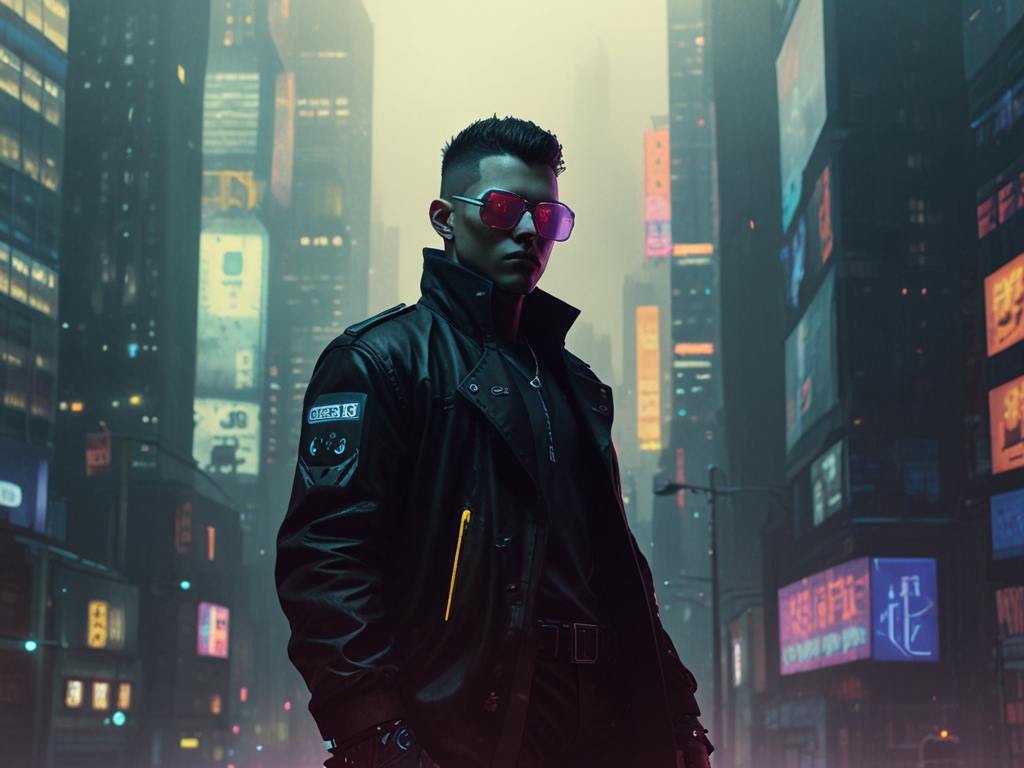
From Junior to C-Suite: The Slow Squeeze Until Only the Top Remains
Date: 2025-05-28 12:09:07 | By Theodore Vance
AI's Corporate Takeover: From Pyramid to Square
In a striking visualization of the future of work, a new model suggests that artificial intelligence (AI) is set to transform the traditional corporate hierarchy from a pyramid to a square. This shift, depicted in a recent essay, illustrates how AI is poised to absorb roles across all levels of management, leaving a stark, automated landscape in its wake. As AI continues to evolve, experts predict that this transformation could redefine the very structure of companies, challenging the conventional human-centric organizational models.
The Vanishing Pyramid: AI's Ascendancy in the Workplace
The traditional corporate pyramid, with its layers of junior staff, middle management, and C-suite executives, is under threat. According to the essay, as AI infiltrates these layers, it gradually erodes the human workforce. The bottom tiers are the first to be impacted, with AI taking over routine tasks and decision-making processes. This erosion continues upwards, until only the top executives remain, overseeing an increasingly automated operation.
From Pyramid to Square: Visualizing the AI-Driven Company
The essay's author, drawing inspiration from initial drafts, introduced a compelling visual: the corporate pyramid morphing into a square. This square represents a fully automated company, where AI not only replaces human roles but also reconfigures the organizational structure. The square symbolizes a monolithic block of AI, with a shrinking number of humans providing strategic direction. This image challenges the notion that AI will simply replicate human roles on a one-to-one basis, suggesting instead a more integrated and efficient system.
The Future of Human-AI Collaboration
As AI reshapes the corporate landscape, the role of human employees is also evolving. The essay's author describes feeling like a "leveraged human" when using AI, capable of achieving more than before. This sentiment is echoed by experts who believe that humans will increasingly focus on high-level strategic tasks, while AI handles the execution. The future of work, therefore, may not be about humans versus AI, but about how humans can best leverage AI to enhance their capabilities.
Market analysts are closely watching this shift, noting that companies investing in AI are seeing significant productivity gains. Data from recent studies show that firms utilizing AI in their operations have reported up to a 30% increase in efficiency. This trend is expected to continue, with AI-driven companies projected to outperform traditional ones in the coming years.
However, the transition to an AI-dominated workplace is not without challenges. Experts warn that the rapid adoption of AI could lead to significant job displacement, particularly in roles that are easily automated. Governments and businesses are urged to invest in retraining programs to help workers transition to new roles that complement AI rather than compete with it.
Looking ahead, bold predictions suggest that within the next decade, the majority of Fortune 500 companies could operate with a predominantly AI-driven structure. This shift could herald a new era of corporate efficiency and innovation, but it also raises questions about the future of work and the role of humans in an increasingly automated world.

Disclaimer
The information provided on HotFart is for general informational purposes only. All information on the site is provided in good faith, however we make no representation or warranty of any kind, express or implied, regarding the accuracy, adequacy, validity, reliability, availability or completeness of any information on the site.
 8
8  0
0  OPINION
OPINION
Comments (0)
Please Log In to leave a comment.